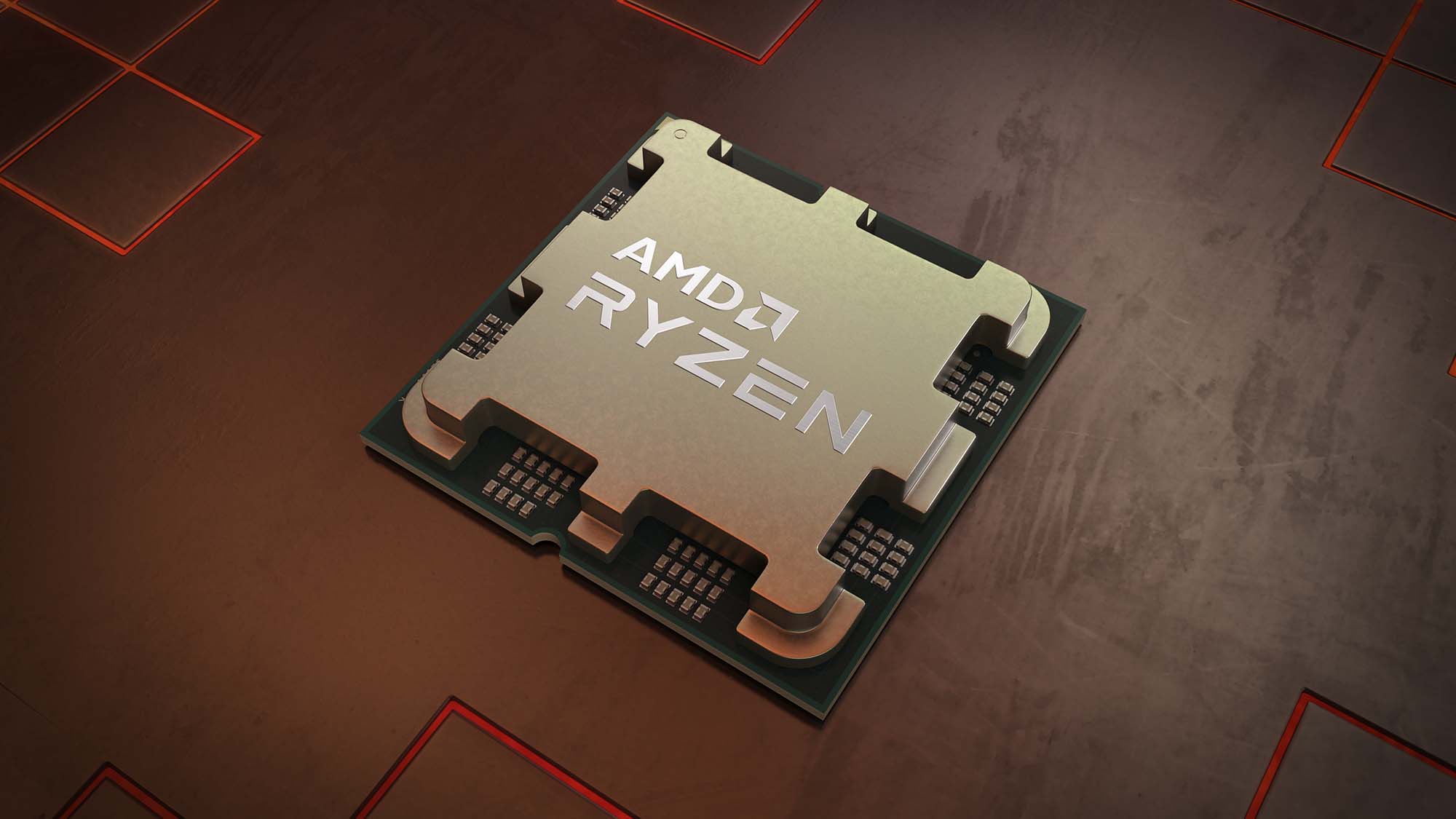AMD’s powerful Ryzen AI 300 laptops may arrive later than rumored – but they’re still not far off
Strix Point CPUs may not arrive mid-July as previously thought, but at the end of the month

AMD has supposedly delayed the release of its Ryzen AI 300 processors, or more to the point, laptops powered by these chips – though we have to be keenly aware that the previous release date of July 15, 2024 was only rumored, anyway.
That said, as well as hearing that July 15 should be the launch date for Ryzen AI 300 (codenamed Strix Point) laptops from the rumor mill pretty consistently, major retailers had also marked this as the shipping date for the devices (on product pages).
BestBuy has updated all the availability dates for all of ASUS's Ryzen AI 300 "Strix Point" laptops.Old - 15th July, 2024New - 28th July, 2024 pic.twitter.com/slFvJUEl8nJune 29, 2024
However, that’s now changing, and as Wccftech spotted (see the above post on X, via VideoCardz), Best Buy has changed the release date of a number of Asus laptops carrying Strix Point CPUs to July 28.
Not long before that revelation, a couple of well-known leakers – including Golden Pig Upgrade – had claimed that AMD had pushed back the date to July 28, so a consensus seems to have formed around the laptops arriving a fortnight later.
Analysis: Just sneaking in for the expected launch timeframe
For all we know, the intended launch date could have been July 28 all along, and the previously floated rumor of July 15 might have been plain wrong – or maybe drawn from an older release schedule.
What is odd, however, is that July 28 is a Sunday, so that’s an unusual choice for AMD to pick as the launch day – Monday would surely make more sense. Therefore, we should certainly keep some skepticism in reserve here.
As it stands, this means AMD is rather rushing out Ryzen AI 300 and Ryzen 9000 desktop chips to meet its July deadline for the release of both, as announced back at Computex, with the former coming on July 28 and the latter on July 31, the very end of the month (if the rumors are right, of course).
Get daily insight, inspiration and deals in your inbox
Sign up for breaking news, reviews, opinion, top tech deals, and more.
Ryzen AI 300 processors (which drop support for Windows 10) have a powerful NPU onboard for accelerating AI workloads (hence the new naming scheme), and the arrival of these chips is important in terms of providing a rival to Snapdragon X Elite silicon which has already debuted. The latter uses Windows on ARM, of course, whereas AMD’s mobile CPUs are traditional x86 chips running on standard Windows 11 (meaning no worries over compatibility with apps, or performance overheads for emulation, which are present with ARM chips like Qualcomm’s).
Earlier this year, we were anticipating that Snapdragon X might have quite some time to capture market share before Strix Point arrived to compete with it, but that isn’t the case. Intel’s Lunar Lake mobile range, with an equally powerful NPU, is still some way off though. By the end of the year, we expect that a number of these AI PCs will be ranking highly in our roundup of the best laptops.
You might also like
Darren is a freelancer writing news and features for TechRadar (and occasionally T3) across a broad range of computing topics including CPUs, GPUs, various other hardware, VPNs, antivirus and more. He has written about tech for the best part of three decades, and writes books in his spare time (his debut novel - 'I Know What You Did Last Supper' - was published by Hachette UK in 2013).